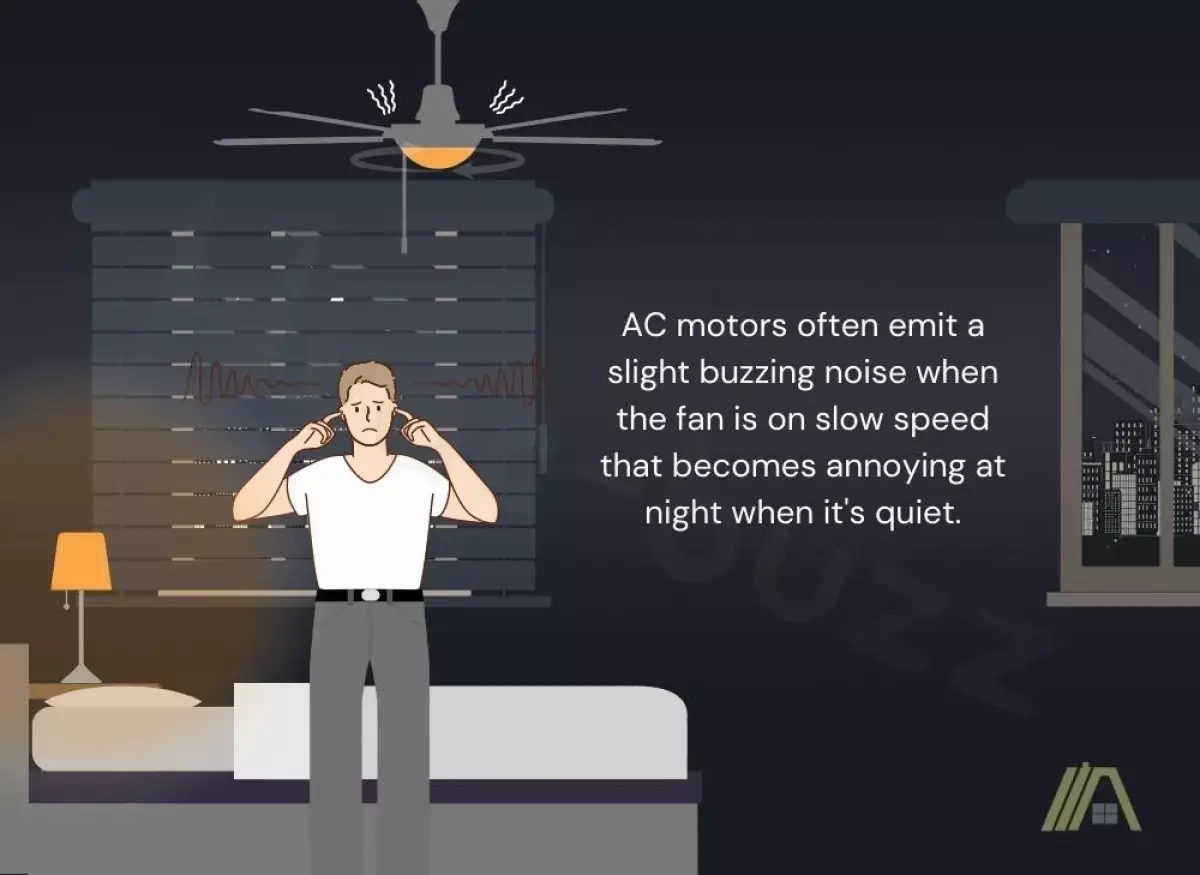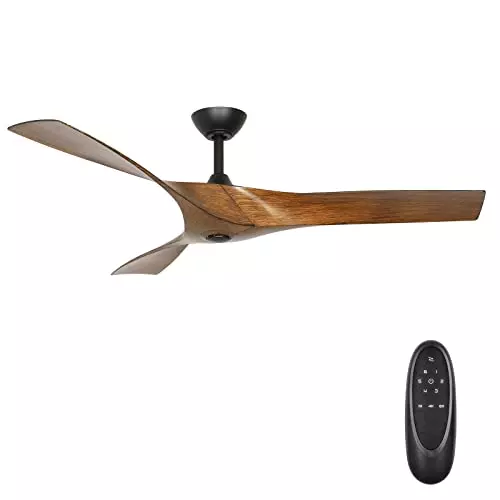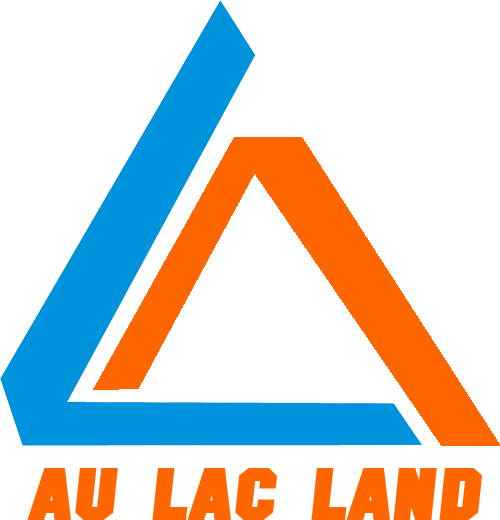Ceiling fans have long been a popular choice for cooling and airing out homes. They not only provide comfort but also help reduce energy consumption. When it comes to choosing a ceiling fan, you have two main options: AC and DC motors. In this article, we will explore the pros and cons of DC ceiling fans to help you make an informed decision.
Pros of DC Ceiling Fans
Very Energy Efficient
DC ceiling fans are known for their energy efficiency. Unlike AC motors that switch polarity multiple times per second, DC motors provide a constant one-directional flow of current. This makes them up to 70% more efficient than AC motors. Additionally, DC fans use a magnet system that consumes minimal energy while helping the blades rotate smoothly. On average, DC fans consume around 30 watts of electricity, while AC fans can consume over 100 watts.
Quiet Operation
One major advantage of DC ceiling fans is their quiet operation. Both AC and DC motors are brushless, minimizing noise caused by friction. However, DC motors are nearly silent, with the only noticeable noise being during startup. On the other hand, AC motors tend to emit a slight buzzing noise, which can be quite irritating, especially at night when it's quiet.

The low operating voltage of DC fans also contributes to their quietness, as it produces minimal electromagnetic interference compared to the higher voltage of AC fans. Furthermore, advancements in DC motor technology have led to even quieter operation and enhanced performance.
Many Speed Settings
If you value customization and comfort, DC ceiling fans are the perfect choice. Unlike traditional AC fans with limited speed options, modern DC fans offer up to seven speed settings. This allows you to find the perfect airflow for any situation and reduces power consumption. Additionally, DC fans can be easily reversed for winter mode, ensuring year-round comfort.
DC motors have higher torque than AC motors, enabling them to reach full speed quickly and stop rotating faster when turned off. In contrast, AC motors rotate at the same speed as the current frequency, which limits speed options. The ability to control input voltage gives DC motors a broader range of speed settings.
Light and Compact
Due to their higher torque efficiency, DC motors can deliver the same performance as AC motors of a larger size. This means that DC ceiling fans can be designed with smaller dimensions, making them ideal for spaces with limited room. Light and compact DC fans not only provide efficient cooling but also contribute to modern and minimalistic interior designs. The combination of innovative DC motor design and fan blade materials has led to a new generation of powerful yet sleek ceiling fans.
Long Lifespan
DC ceiling fan motors have a longer lifespan compared to AC motors. This is due to multiple factors related to their low voltage operation. DC motors typically require only around 35 watts to reach maximum speed, while AC motors need approximately 100 watts for similar airflow. The lower operating current of DC motors results in reduced electromagnetic interference and heat generation. Moreover, DC motors are capacitor-free, eliminating the need for capacitors with a limited lifespan, commonly found in AC motors. As a result, DC ceiling fans can be expected to last for fifteen years or more, while AC fans typically last around ten years.
Come With a Remote
Most DC ceiling fans are equipped with remote controls for convenient operation. Unlike traditional AC fans that rely on pull chain switches or switches on the fan motor housing, DC fans offer the ease of remote control. With a remote, you can effortlessly adjust the fan speed and reverse its direction. This eliminates the need to manually set the fan using pull chains or switches.
Wall-mounted control units are also available for certain DC fans, providing an alternative to remote control. However, these usually come as an additional accessory.
Cons of DC Ceiling Fans
Transformer Needed
One drawback of DC ceiling fans is that they require a transformer or converter to convert the incoming alternating current (AC) to direct current (DC) and adjust the voltage to the specific requirements of the DC motor. DC fan motors typically operate at voltages of 5V, 12V, 24V, or 48V. While most DC fans come pre-fitted with a transformer, models without one will require an additional installation cost if an electrician is needed.
The presence of a transformer is often an easy way to identify if a ceiling fan is DC, as AC fans do not require one.
Expensive to Purchase
Compared to AC fans, DC fans tend to have a higher initial purchase cost. However, the price of DC fans has been decreasing in recent years due to improved manufacturing techniques and increased competition. Although AC fans are simpler to build and repair, the higher efficiency and longer lifespan of DC fans allow for greater energy savings in the long run. This, combined with their extended lifespan, can outweigh the higher initial cost of DC ceiling fans.

Rarely Come With a Pull Chain or a Wall Switch
Due to their compact size, DC ceiling fan motors often replace traditional pull chains with electronic controls. Most DC fans come with remote controls to operate various fan modes. While convenient, remotes have their drawbacks. They are battery-powered and can run out of battery at the most inconvenient times. Additionally, remotes can be easily misplaced or damaged, rendering the fan temporarily inoperable. Although some DC fans offer wall controls as an optional extra, the lack of a pull chain or built-in wall switch can be seen as a disadvantage.
In conclusion, DC ceiling fans offer several significant advantages, including energy efficiency, quiet operation, a wide range of speed settings, compact design, and extended lifespan. However, they do come with the need for a transformer, a higher initial cost, and limited control options. By weighing these pros and cons, you can determine if a DC ceiling fan is the right choice for your home.

















